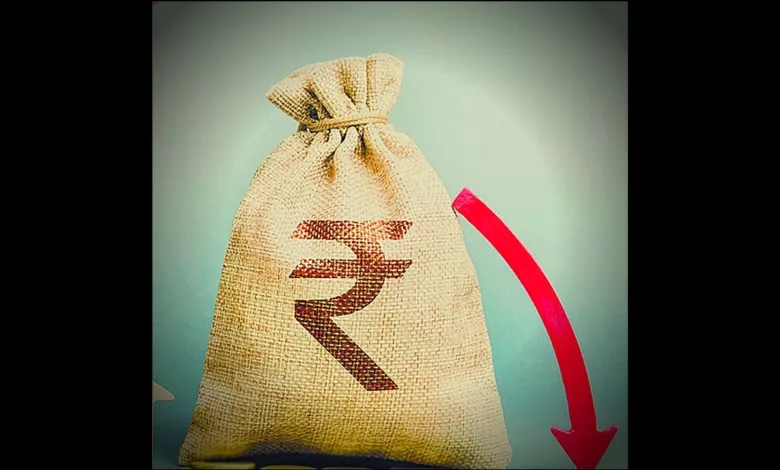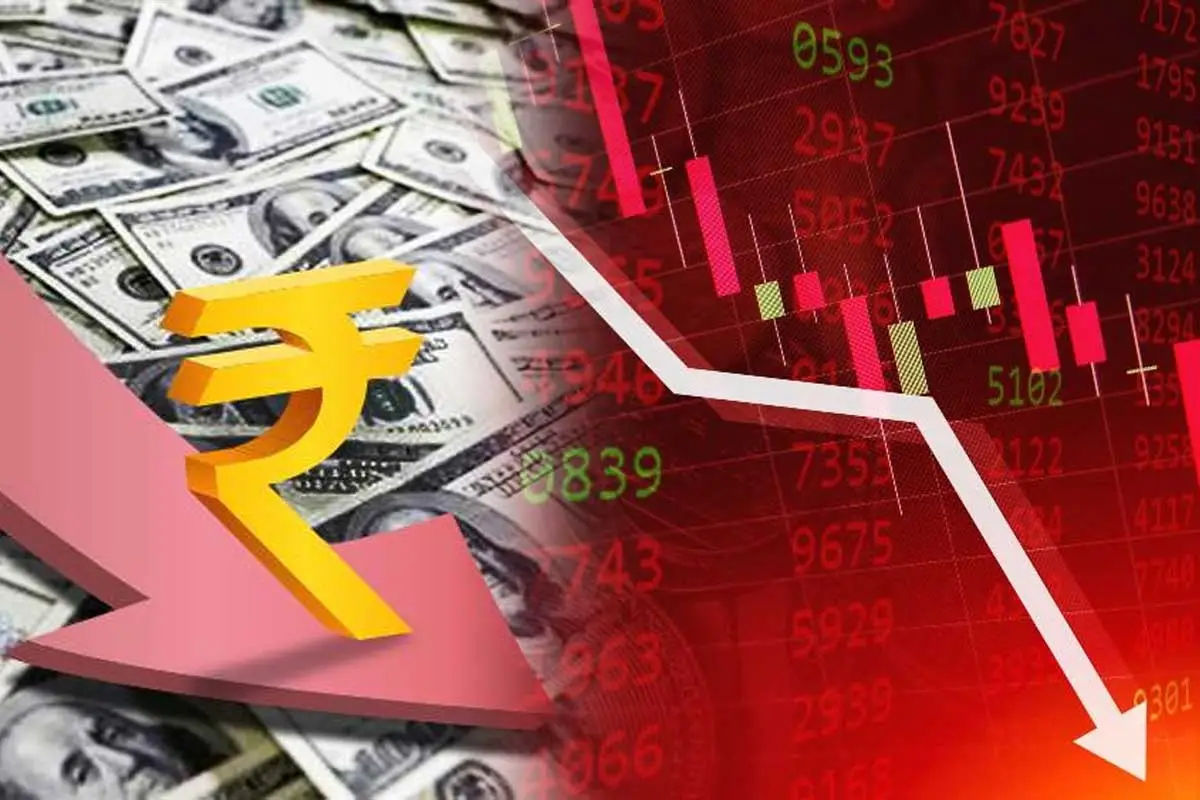India’s Forex Reserves Are In Terminal Decline!
A stable forex stock generates a profitable image for the country on a global deck since trading countries can be confident in their payments, which aids in encouraging foreign commerce.

According to RBI statistics, India’s reserves decreased 8.3% recently, the largest drop in more than 11 months. The country’s currency reserves hit an all-time high of USD 645 billion in October 2021. The reserves have been falling because the central bank uses the funds to protect the rupee against pressures brought on mostly by foreign events.
The elements of forex reserves.
India’s forex reserves fell by $5.68 billion in February to $561.27 billion. The immediate reason for keeping foreign exchange reserves is to make overseas payments and hedge against threats to the exchange rate. This holding constitutes foreign currency asset (FCA), the IMF reserve position, gold, and special drawing rights (SDRs).

FCAs in India dropped by $4.52 billion to $496.07 billion. The most potent element of the Forex reserve is FCA. It is stated in monetary phrases. FCAs are valued in a currency other than the currency of the country. The FCAs take into the narrative the effect of non-US currency appreciation or depreciation on foreign exchange reserves, like the euro, pound, and yen. FCAs, being the first and most concrete element, hold around 80% of the entire portfolio. India invests extensively in US Treasury notes, accounting for around 75% of the country’s foreign currency holdings.
The country’s reserve position with the IMF fell by $34 million to $5.111 billion in the reporting week, according to figures from the central bank. A reserve tranche position denotes a fraction of the required quota of currency that each member country must contribute to the International Monetary Fund (IMF) for its use. The reserve tranche is an emergency reserve that IMF members may use at any juncture without having to agree to any constraints or pay a charge.
Gold reserves were reduced by $1.04 billion, bringing them to $41.82 billion.

SDRs fell by $87 million, bringing them to $18.26 billion. The IMF introduced the SDR as a global reserve asset in 1969 to supplement the official reserves of its member nations. It is a potential claim against the freely usable currencies of IMF members. These currencies can be exchanged for SDRs. The SDR’s value is determined by a weighted basket of major currencies, which includes the US dollar, euro, Chinese yuan, Japanese yen, and British pound. The interest rate on SDRs (SDRi), is the amount of interest given to members on their SDR holdings.
What are the goals of foreign exchange reserves?
- Firstly, to ensure that the RBI has enough reserves in case the rupee quickly depreciates or becomes completely bankrupt.
- Second, if the value of the rupee falls owing to increased demand for foreign currency, the RBI may and does sell dollars in the Indian money market to prevent rupee depreciation.
- Finally, a stable forex stock generates a profitable image for the country on a global deck since trading countries can be confident in their payments, which aids in encouraging foreign commerce.
How much selling has been done by RBI to protect ₹?
After a $100 billion fall in reserves from February to September 2022, the RBI has been restoring its foreign exchange holdings during the previous 3 months.
From June to October 2022, the RBI was a net seller of US dollars in the currency market because it attempted to reduce excessive volatility in the rupee’s exchange rate at the time of the Ukrainian crisis and aggressive FED rate rises.

Economists attribute the decline in forex reserves to two introductory factors.
Dollar volatility is increasing.
Experts have anxieties revolving around significant drops in foreign exchange reserves in the upcoming months because they predict further volatility in the dollar index.
China’s economy is recovering.
According to economists, another critical aspect of India’s declining reserves is the gradual recovery of the Chinese economy from the tremendous economic depression caused by the Covid pandemic. The openness of China may excite the curiosity of international investors, resulting in a migration of capital from India to China.
Does Hindenburg report have some contributions to declining forex reserves?
The rupee has recently been under pressure after a short seller, Hindenburg Research, accused Adani Group of suspected stock manipulation on January 24. Besides its denials, the conglomerate’s problems resulted in $3.3 billion in stock outflows from India this year.
Foreign portfolio investors were believed to have liquidated Indian shares when the market fell, resulting in the Adani group canceling its FPO. The rupee fell during the first week of February because of foreign money outflows related to the Adani story. The central bank sold dollars to protect the rupee against severe devaluation and volatility.

Disclosure.
RBI should judiciously use forex reserves and make policies to guard the rupee in the upcoming time.




